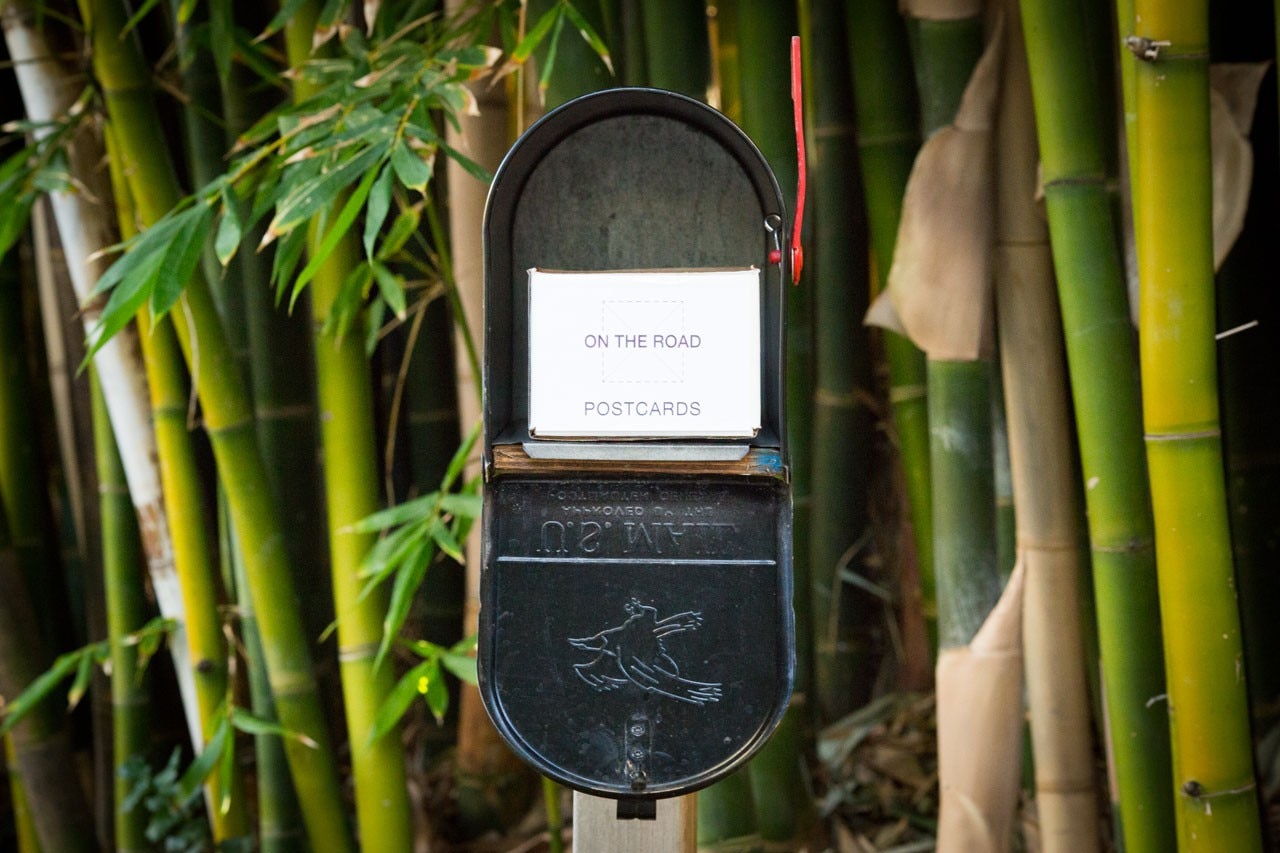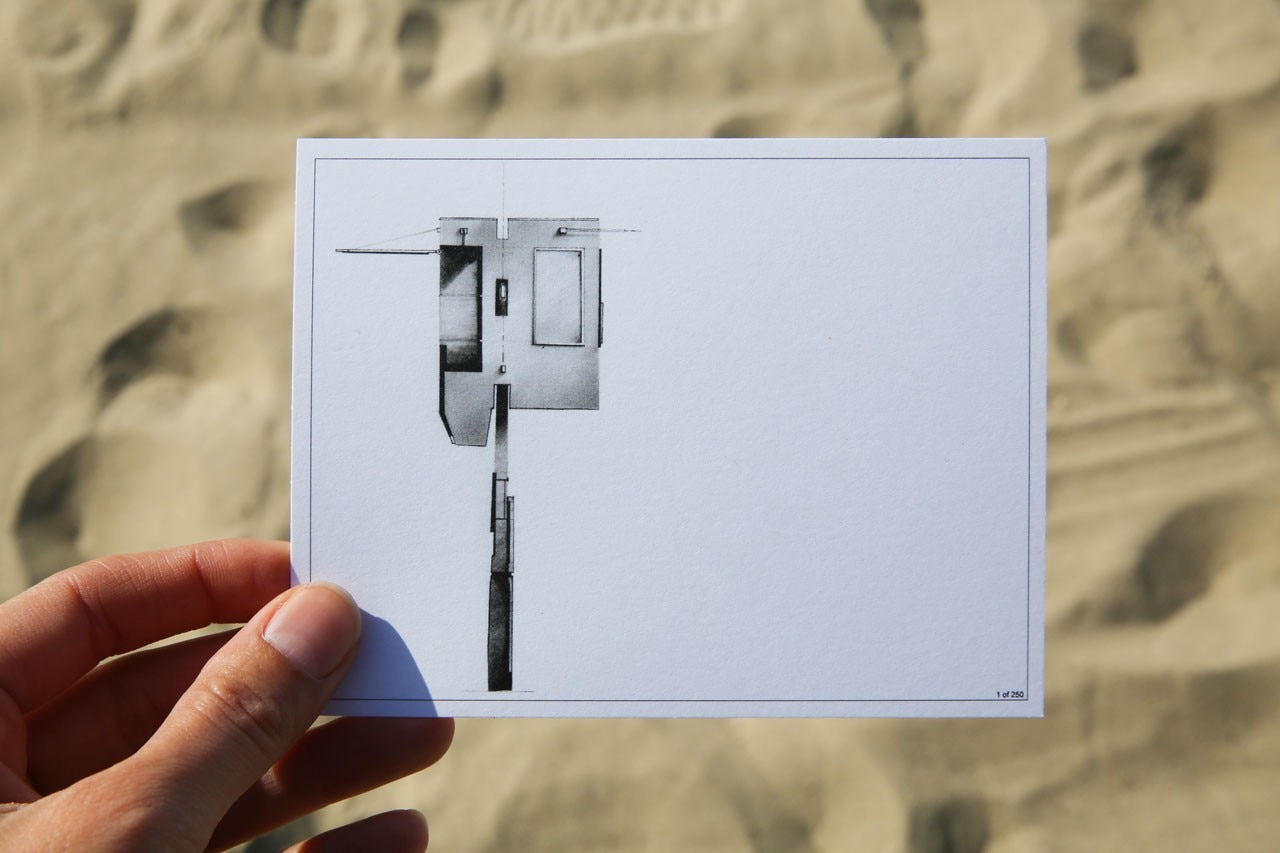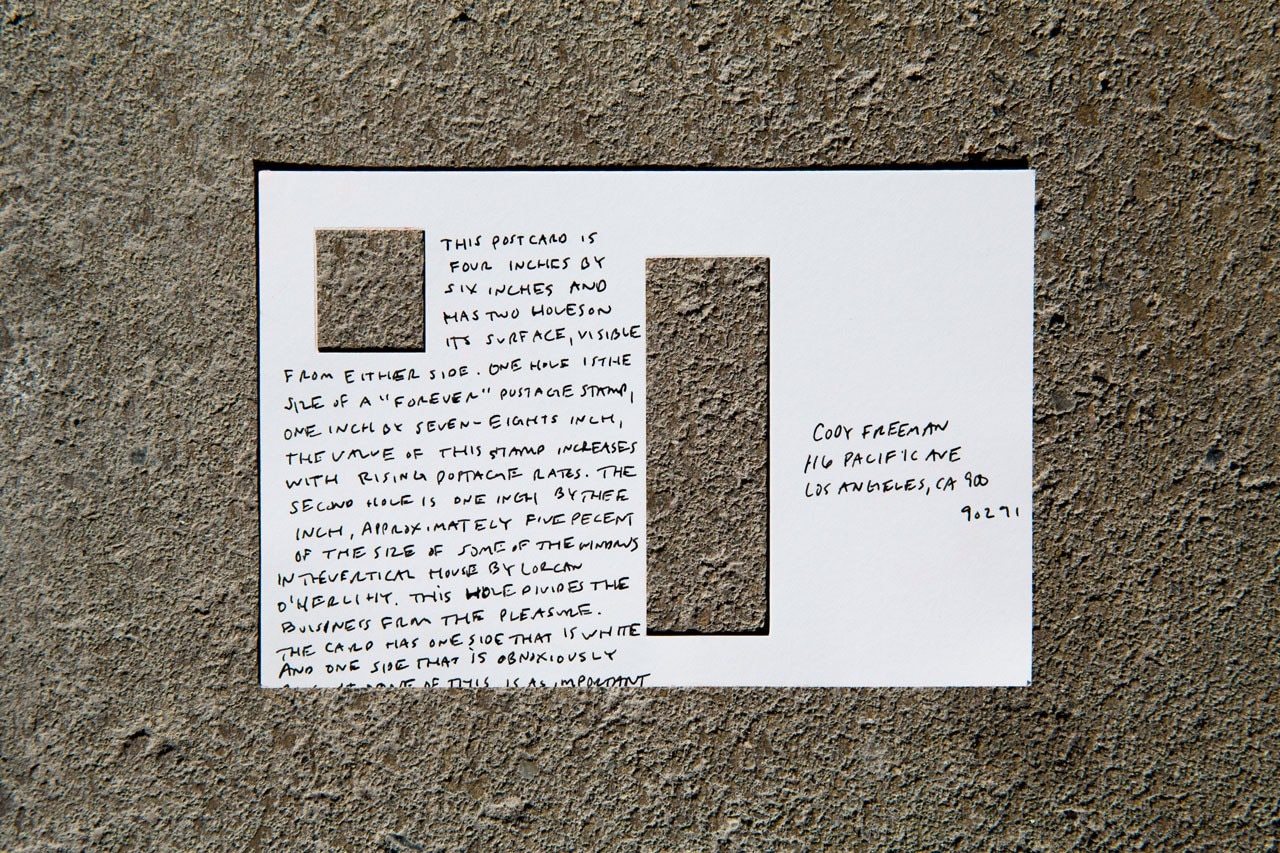
One such project that operates outside of these existing structures and showcases a high degree of originality is the ongoing “On the Road” series, a collaboration of Los Angeles-and-Syracuse-based protagonists Danielle Rago, Courtney Coffman, Jonathan Louie, and James Michael Tate. The team has recently finished their third iteration, which takes the form of a decentralised exhibition where the public is encouraged to download a map and drive to seven existing, architecturally significant homes west of downtown Los Angeles. This unconventional exhibition type goes around the institution, and uses public roads, allowing people to move around with relative ease. They can also see full-scale architecture that would not be seen in a gallery. It mobilizes the audience directly to otherwise uncuratable artifacts.
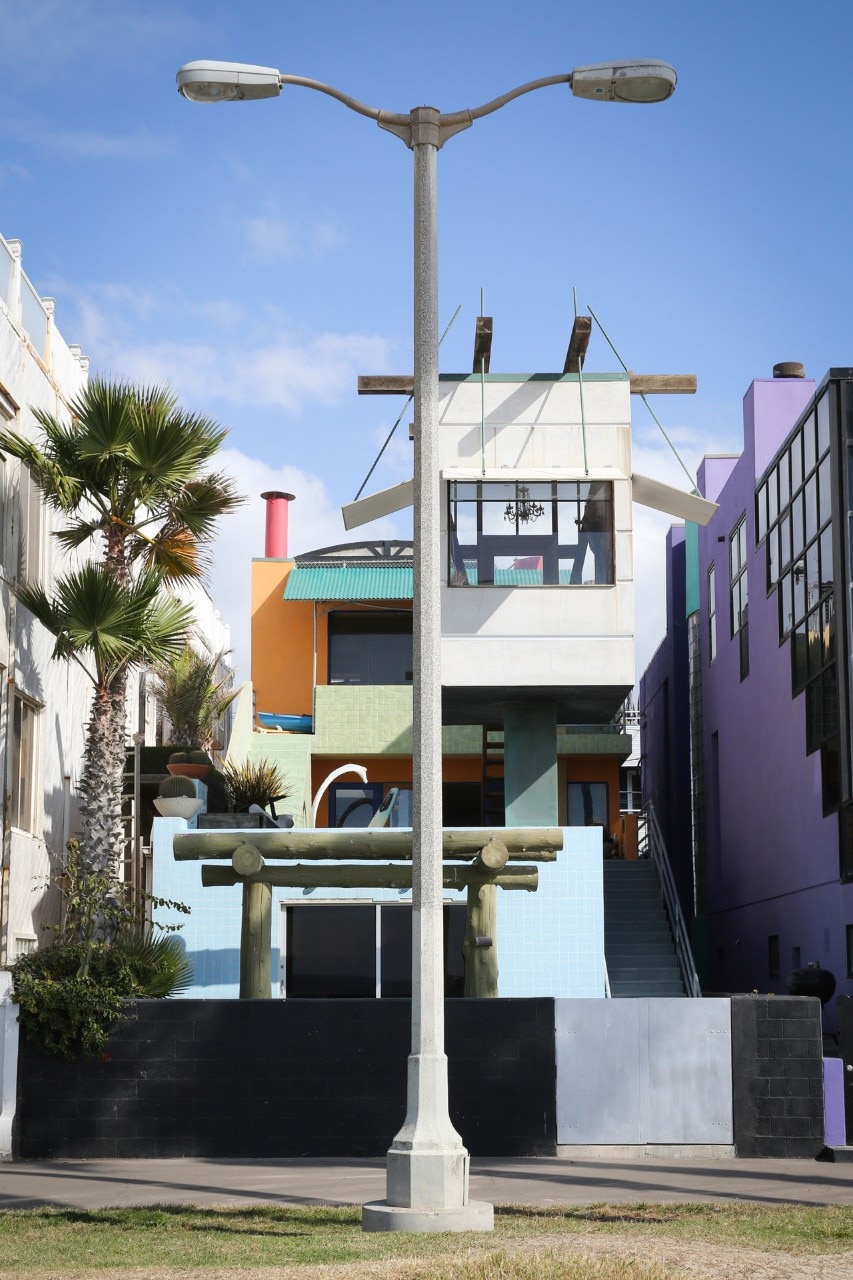
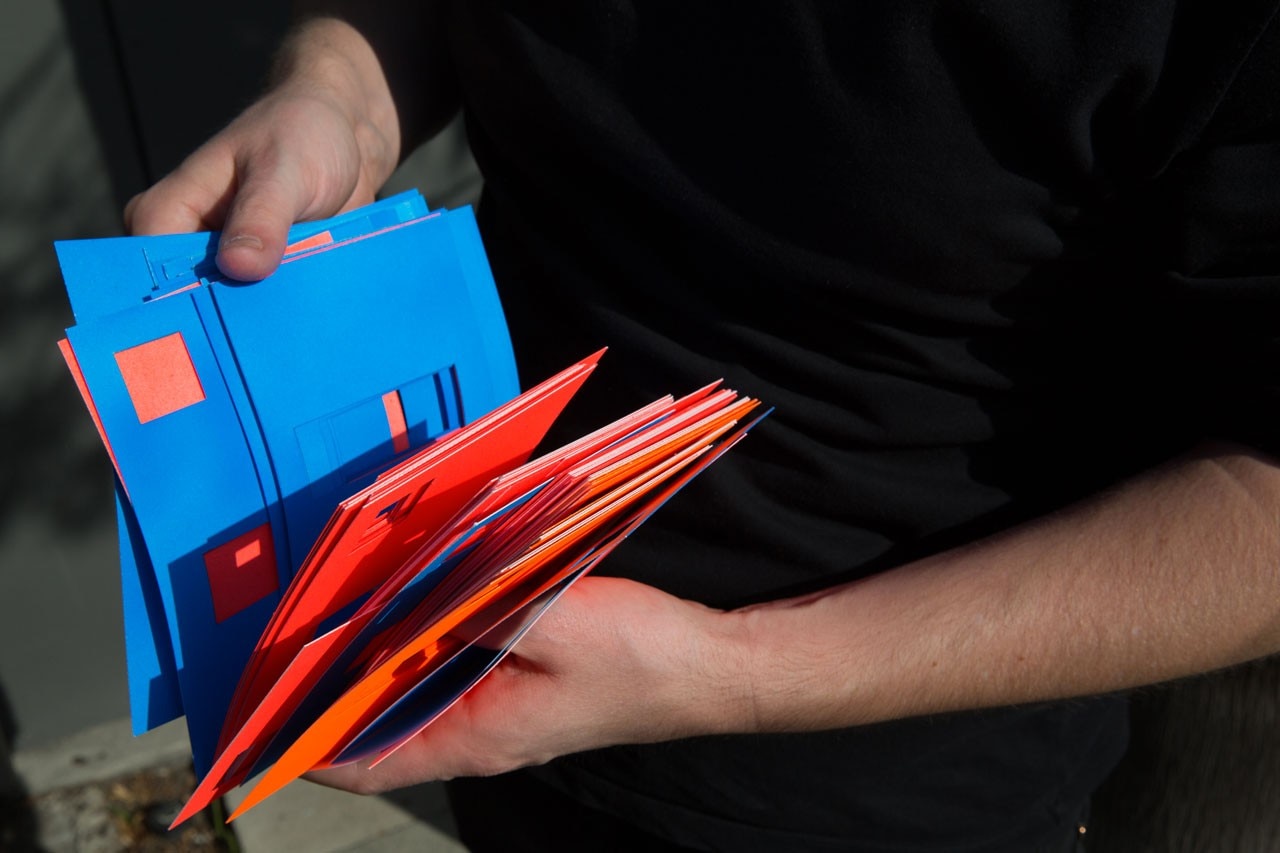
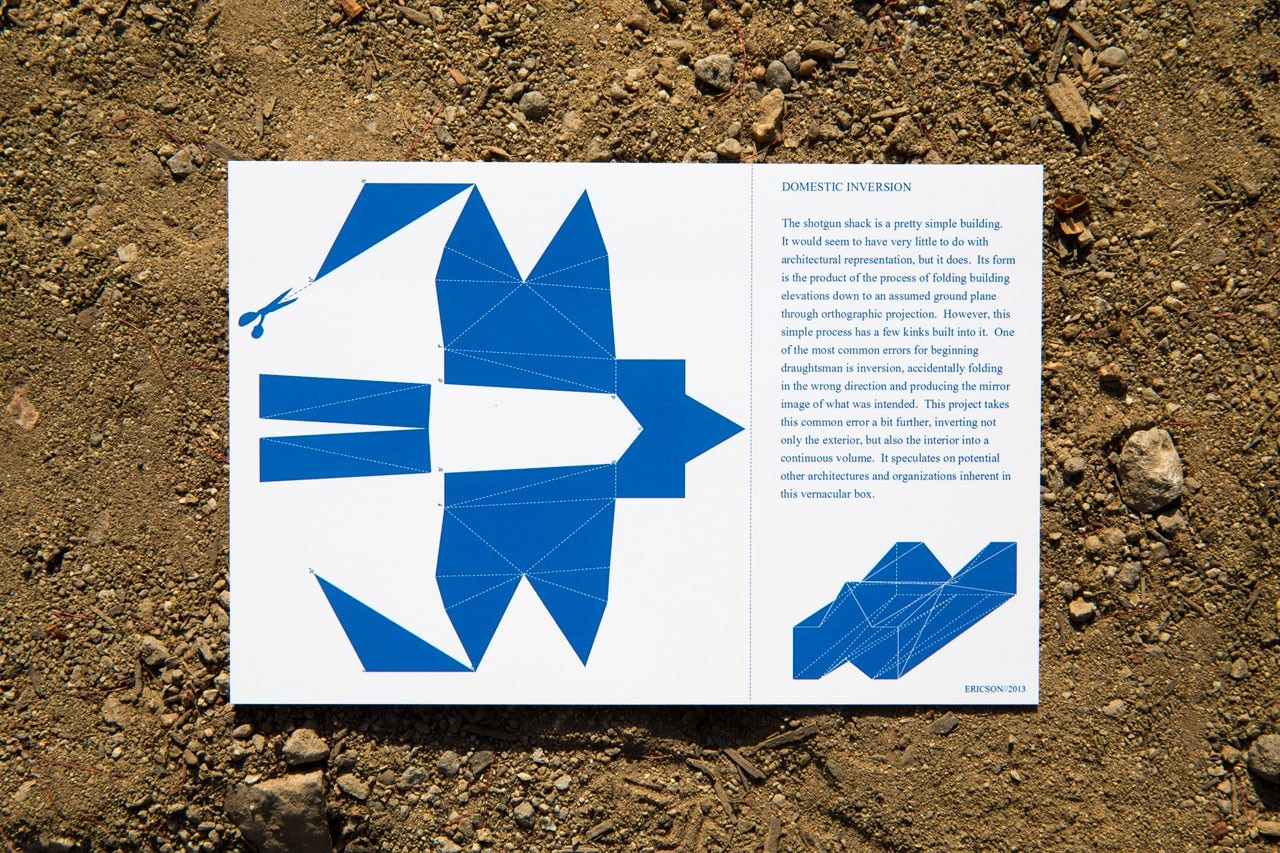
Roads are one of the few truly collective experiences; the “On the Road” project harnesses this and merges it with the individual via the mailbox, a site where the very public merges with the very intimate. While the internet has changed the importance of this dynamic to an extent, the mailbox represents our connection to the outer world, desire collected in a small box that is a receptor for a large, public network of distribution.
The “On the Road” project works in many ways as a completely public project, as it detourns, or perhaps "hacks" roads to deliver the exhibition. It is not completely new in this regard, as other decentralised exhibitions have taken place across cities or regions. However, by delivering the content also through the mailbox, the project also subverts and exploits another public system, the postal service. “On the Road 3” goes around the traditional institutional model for curation by utilising public amenities. By inverting the mailbox and making it an object of delivery, rather than an object of reception, the relationship of the house to the city is inverted. The home is no longer a place of private, domestic isolation, but one of public, civic engagement.
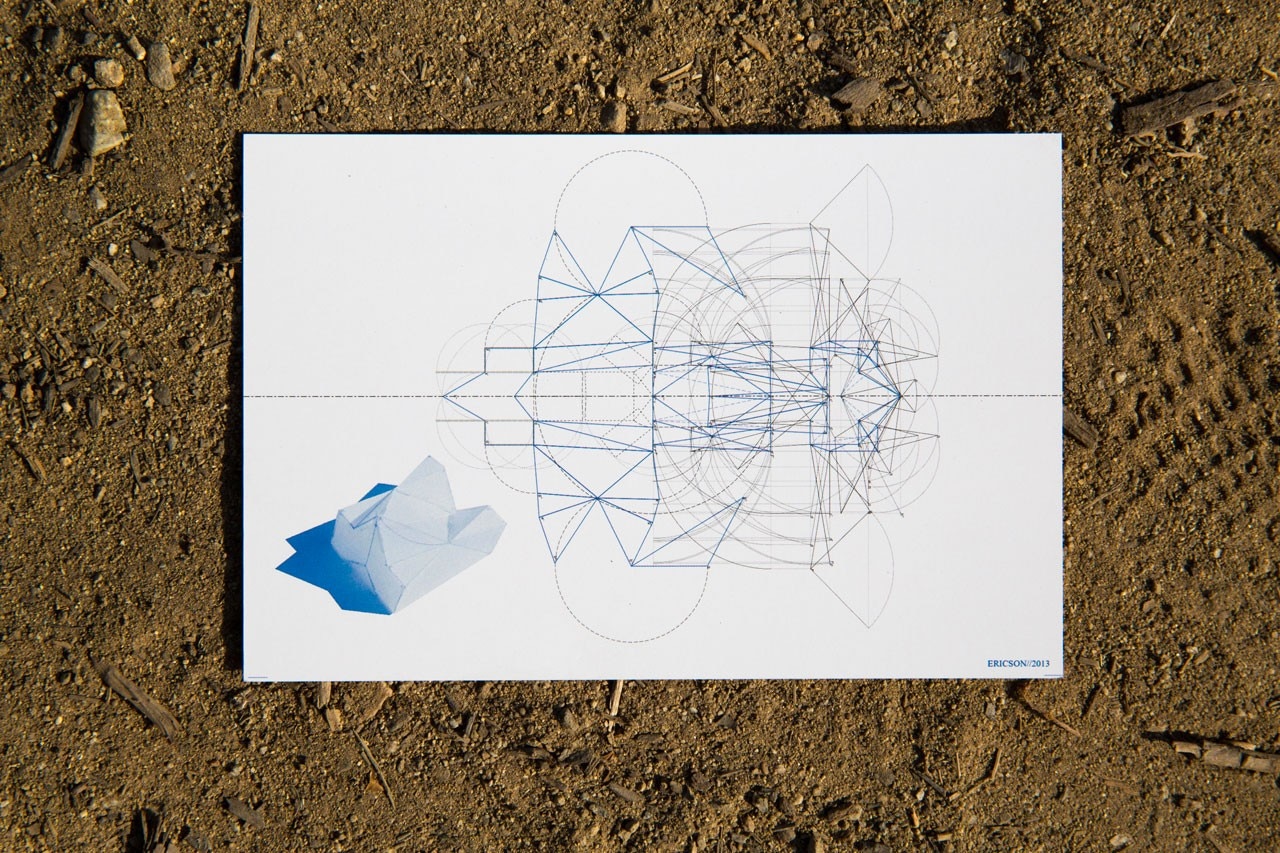
The program lasted one day. It would have been interesting to see what would happen if somehow the curators had negotiated for the postcards to be available everyday for a month. Because the exhibition only lasted one day, a smaller sample of people were aware that it was happening. The single day also capped off with "a discussion about contemporary modes of communication within architectural production moderated by Hammer Curatorial Fellow Ellen Donnelly." This event caused many users to end their day the same way. It would have been provocative to see what happened if the discussion had been a week later, so that after the exhibition, people could have continued their derive, and ended up at In-and-Out or on the beach. Either way, the exhibition proved successful, and its record lives on in the form of postcards and a model for public occupation via infrastructure deployed as curatorial space.
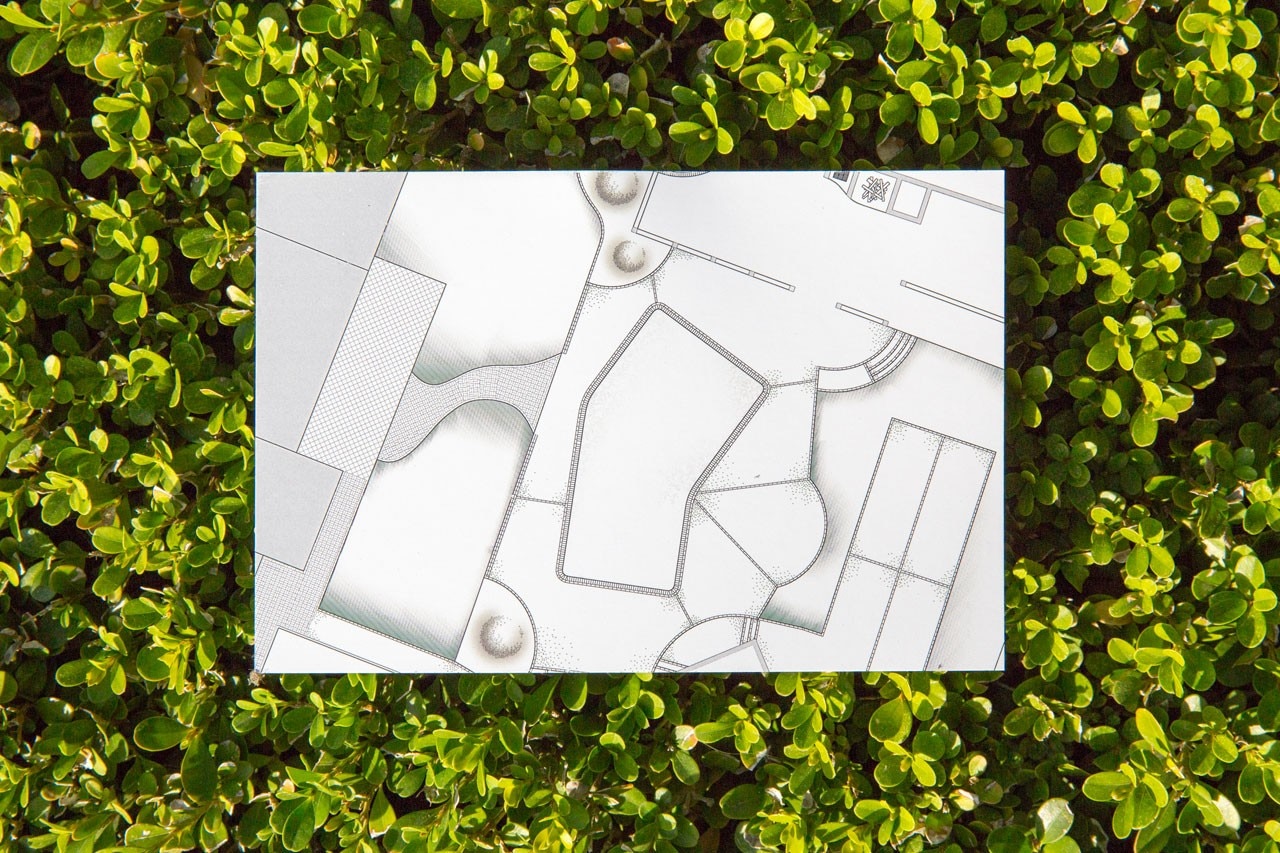
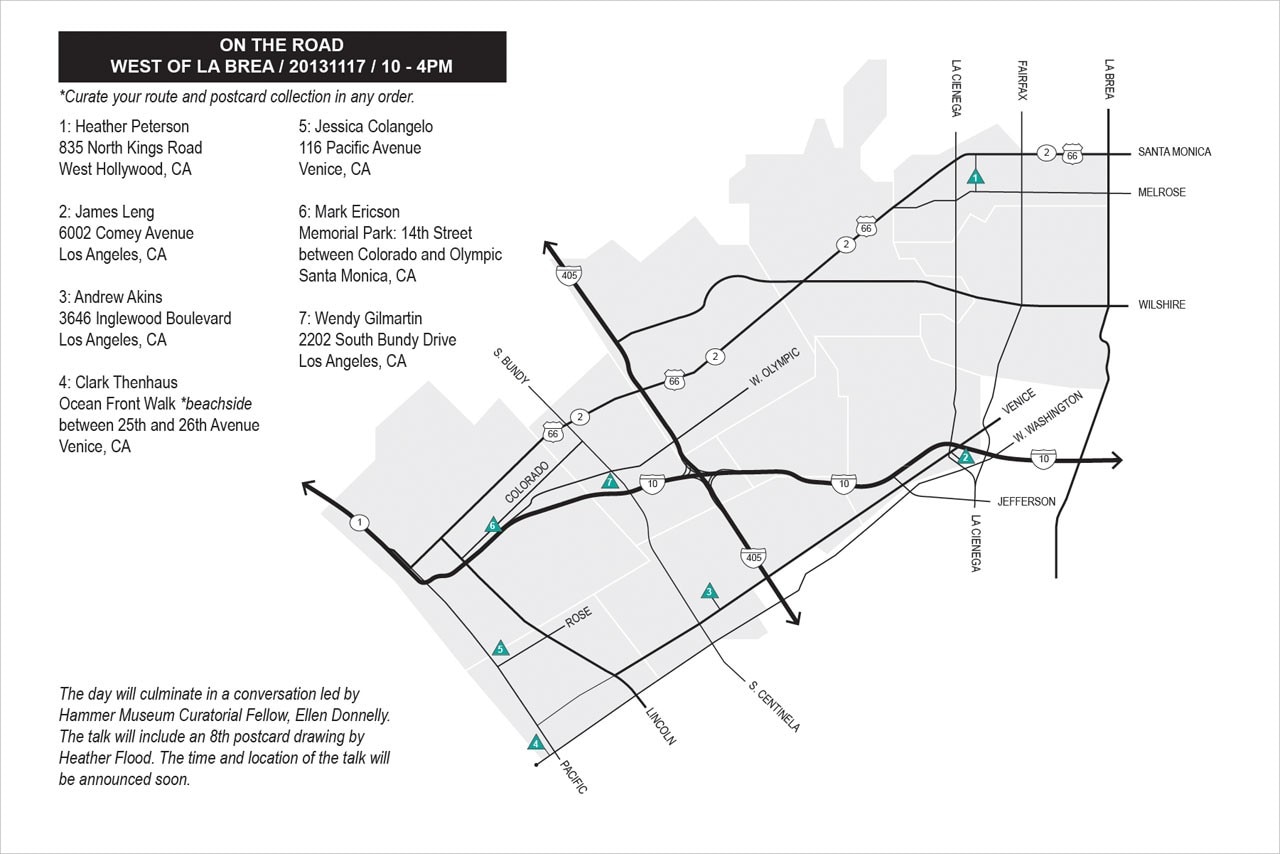
Notes:
1. Kazys Varnelis, Systems Gone Wild: Infrastructure After Modernity, http://www.c-lab.columbia.edu/0162.html (accessed Dec 9, 2013).
